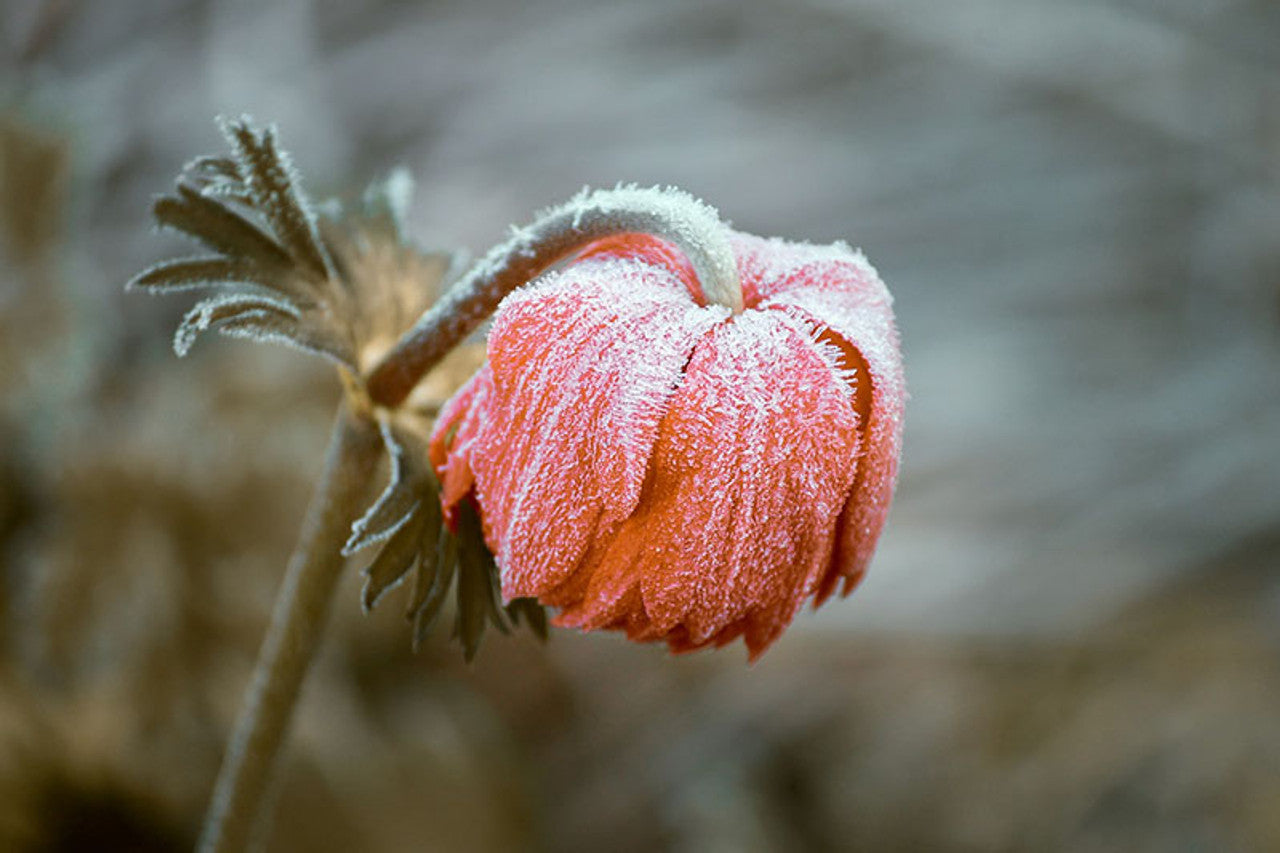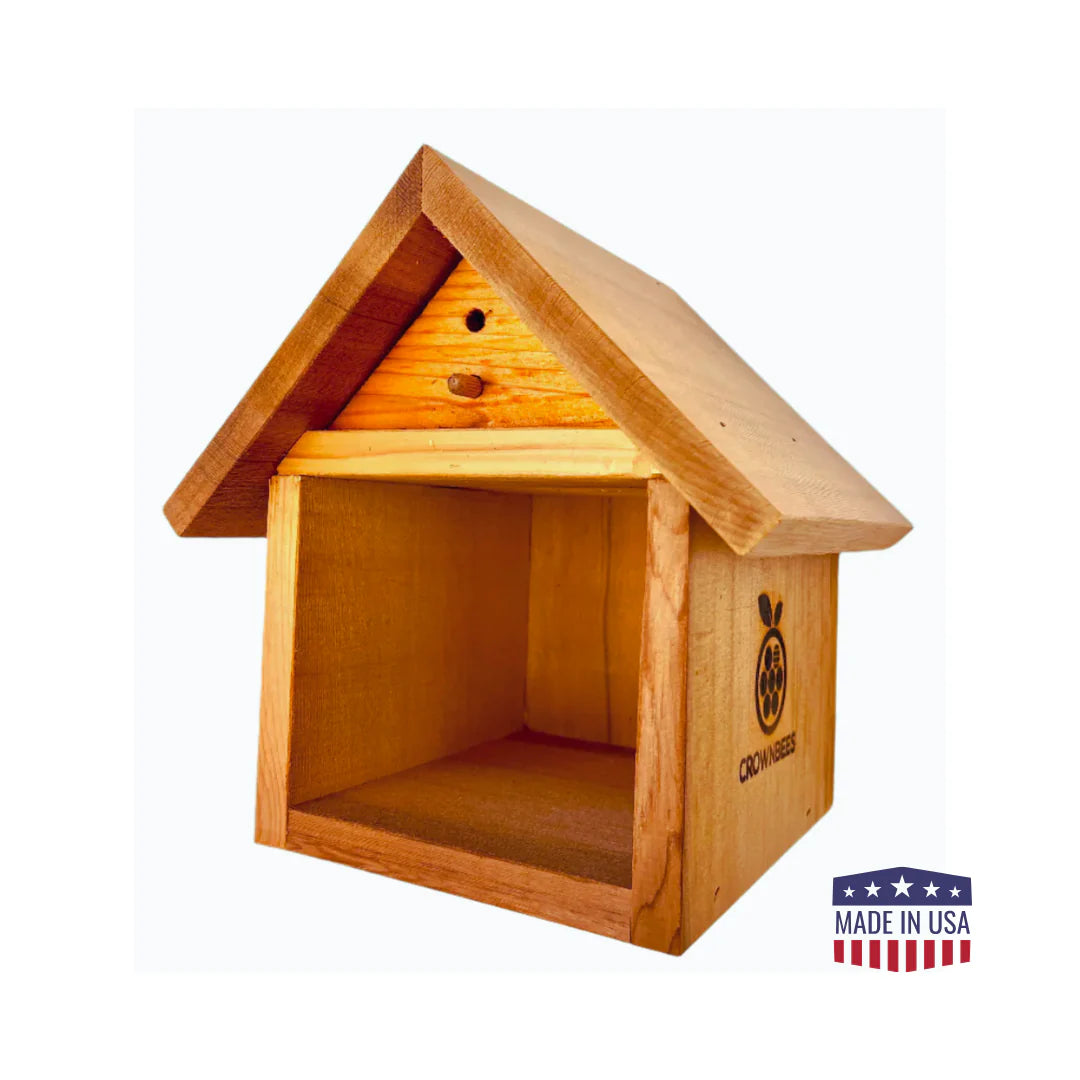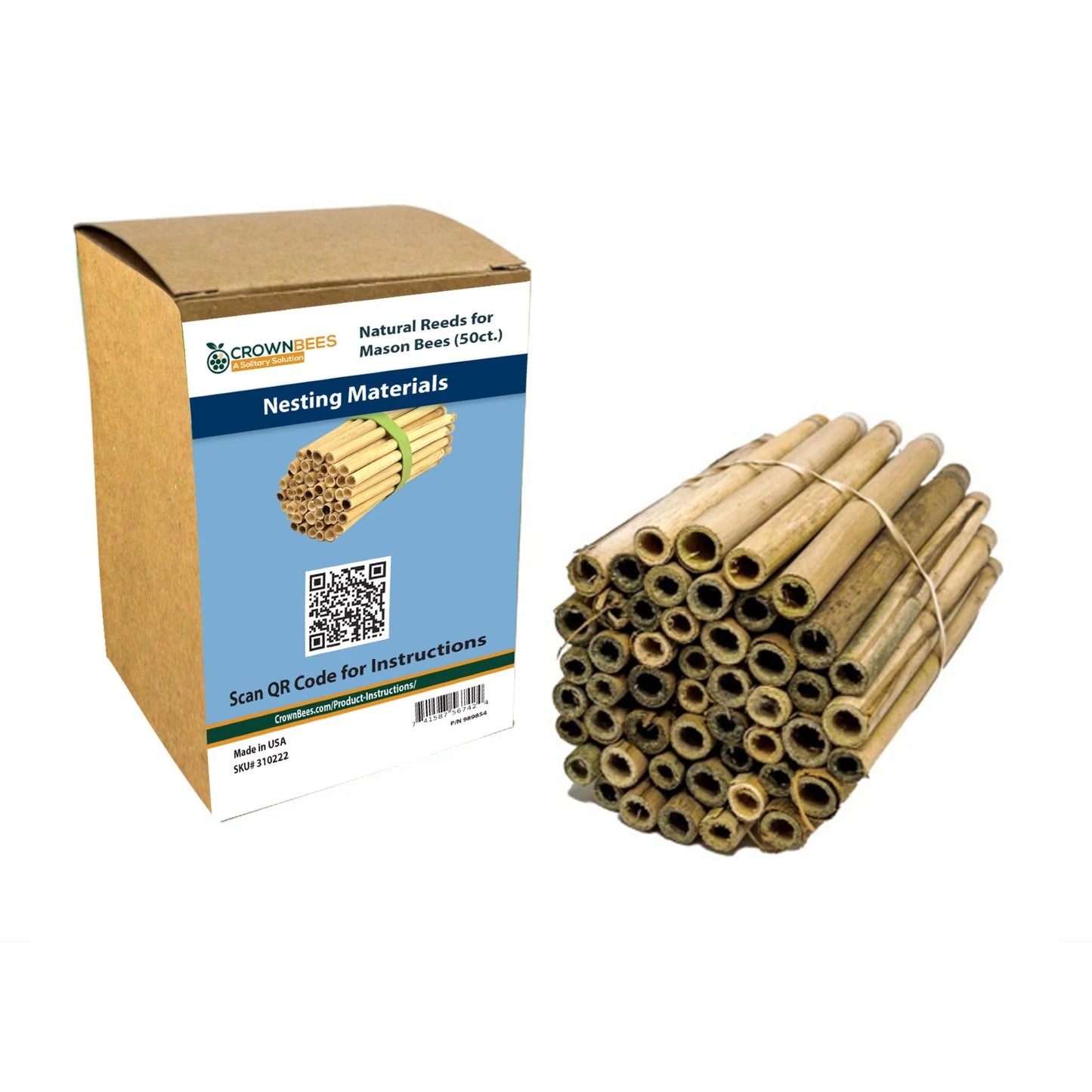
Just as you winterize your home to make it more efficient, you can do the same for your garden. Properly winterizing your garden will help your plots rejuvenate naturally and reduce the amount of work you'll have to do in the spring, allowing you to jump right into the fun part, PLANTING!
Before we jump into our tips, you may wonder if sustainable gardening is essential for small backyard gardens. Using sustainable gardening practices, we become examples for future generations of gardeners by showing them that growing food or creating space for new gardens does not have to mean harming the environment with pesticides and chemical fertilizers. Also, reducing pesticide and chemical use in our lawns and gardens can benefit both human health and the health of our pollinators.
The good thing is sustainable gardening is a relatively easy thing to start! All you need is the initiative and determination (and a few helpful blog tips) to help you implement a few sustainable gardening practices that will benefit your garden and the wildlife that is a part of your garden's ecosystem.
In the final days of autumn, we want to give you a few simple recommendations for sustainable garden care to help you prepare your soil and your bees for winter.
1. Start a compost pile
Together, food scraps and yard waste make up about 30% of what we send to the landfill and release methane into the atmosphere. Compost piles turn those old food scraps and yard waste into a gardener's black gold. Add this black gold to your garden to help improve soil structure, reduce the need for chemical fertilizers, attract beneficial invertebrates such as earthworms, and aid in microbial activities. There are many types of composting, some of which you can do indoors, so don't let apartment living deter you!
One important thing to remember is to ensure you have the correct green-to-brown waste ratio in your compost pile.

2. Remove invasive weeds
Now is the time to deal with invasive plants that may have taken hold of your garden this season. Obliterating invasive species (root and all) is the only way to prevent them from returning and impacting next year's crops. Most invasive species remain viable in a compost pile, so make sure to place them in the trash or burn them in autumn burn piles. Otherwise, you might end up spreading them to other areas. The Center for Invasive Species and Ecosystem Health has a great website to help you identify the invasive species in your area.

3. Keep your garden a bit messy
Lawns and gardens are alive all year long, and many species of insects overwinter in the fallen leaves, hollowed-out stems, and decomposing logs. When you leave your lawns and gardens a bit messy, you help encourage a rich population of native species the following spring and summer. We recommend checking out the Habitat Network, which provides a great list of tips to help you maintain a messy garden and support the wildlife in your garden's ecosystem.

4. Plant cover crops
Empty garden beds can leach out nutrients over the winter. Planting cover crops in the fall is a great way to preserve and build soil and feed pollinators. However, the success of cover crops varies across the country. That is why you should check the USDA Plant Hardiness Zone Map before you plant to help you determine which plants are likely to thrive based on the minimum winter temperatures of your area. In the spring, you'll want to make sure to till your cover crops into the soil a couple of weeks before spring planting so the plants have time to decompose.

5. Protect and store wild bee cocoons
By fall, bees and wasps will begin to hibernate over the winter. To protect the hibernating bees, remove and store the nesting materials over the fall and winter by placing them in a fine mesh bag in a protected location that maintains outdoor temperatures. You can learn more about the fall and winter management of cavity-nesting bees and wasps in our Bee Knowledgeable section of the Crown Bees website.
By implementing these five simple recommendations into your fall gardening routine wherever you live, you'll help recycle nutrients back into your soil, reducing the need for chemical fertilizers and protecting your garden's insect populations. You'll also set yourself up for spring success- potentially increasing garden yields and pollination rates.



